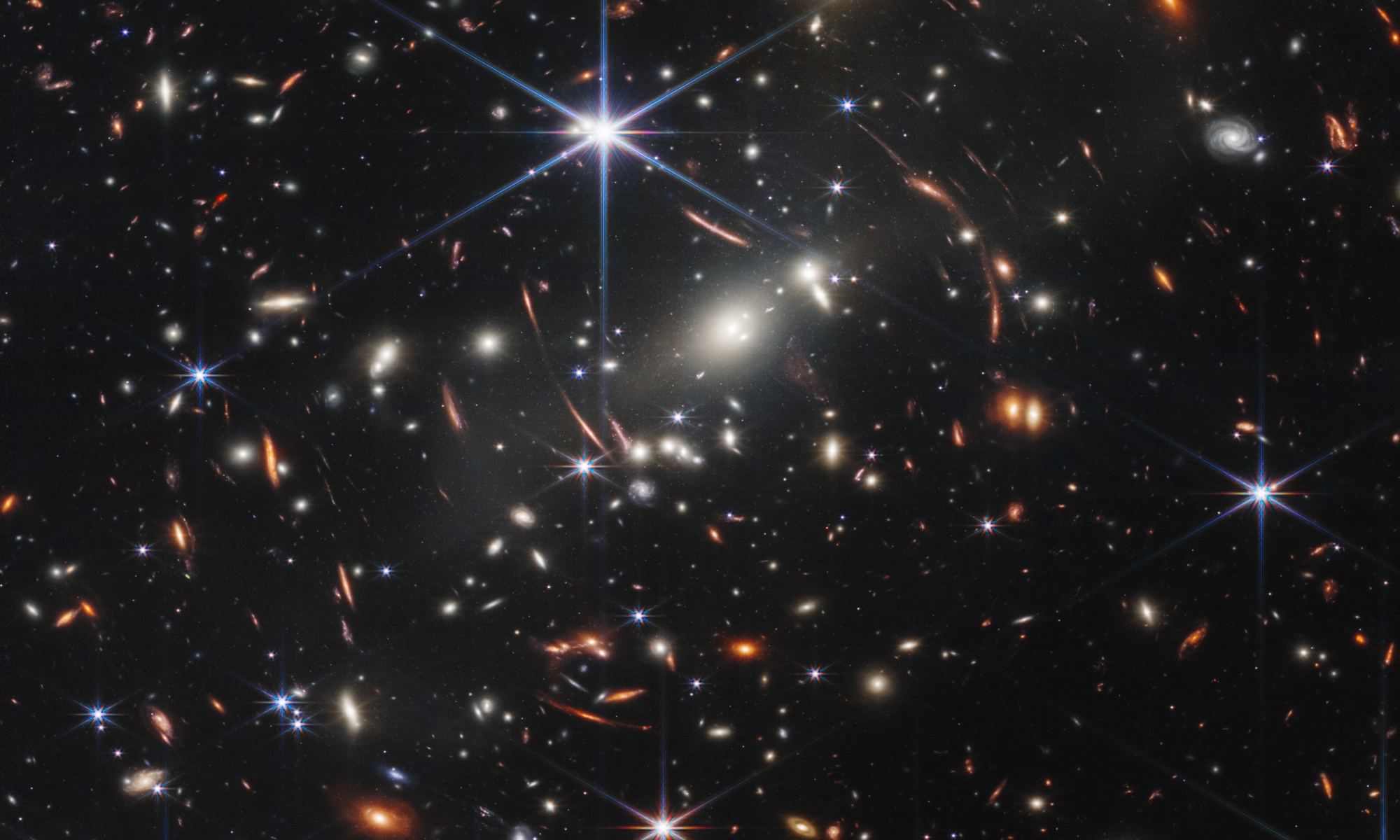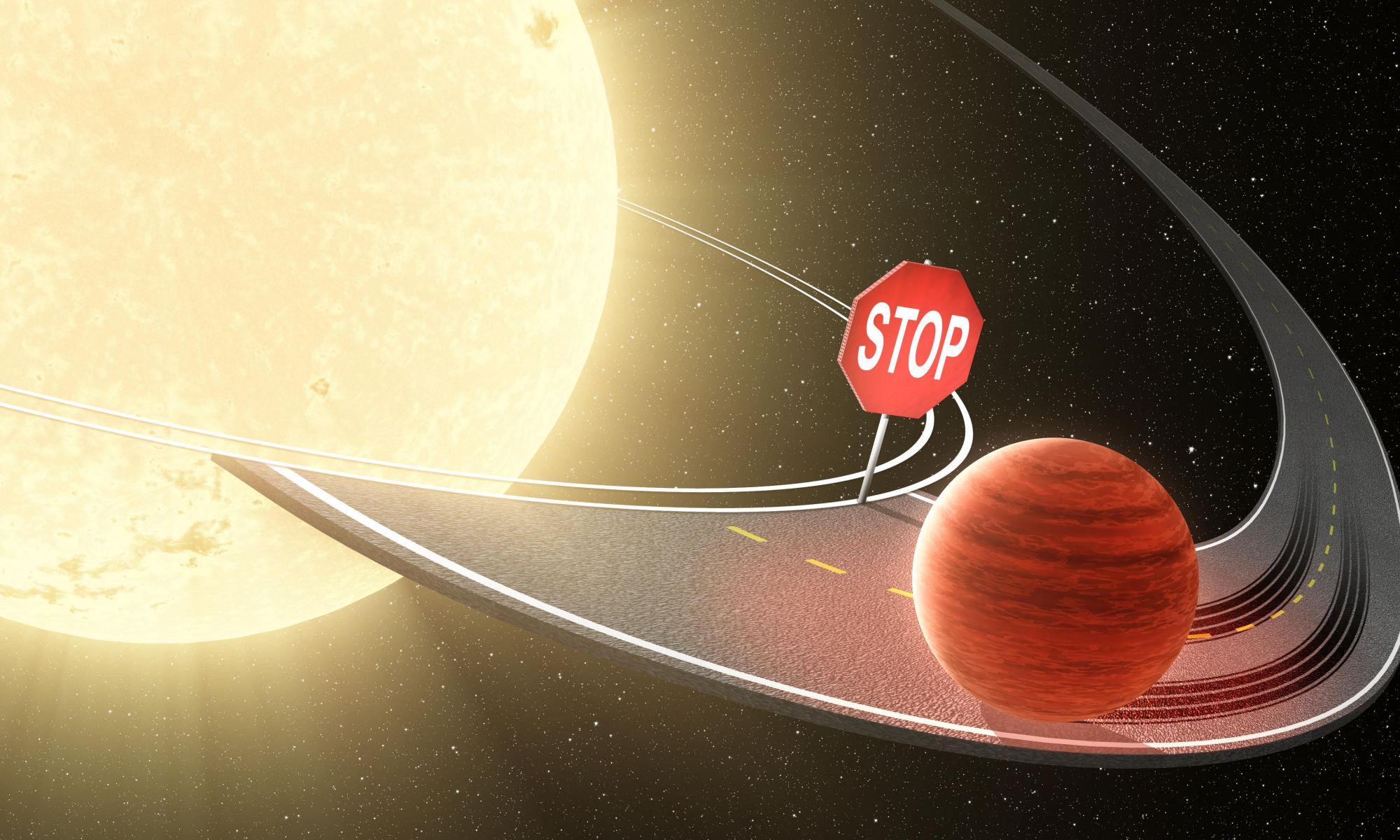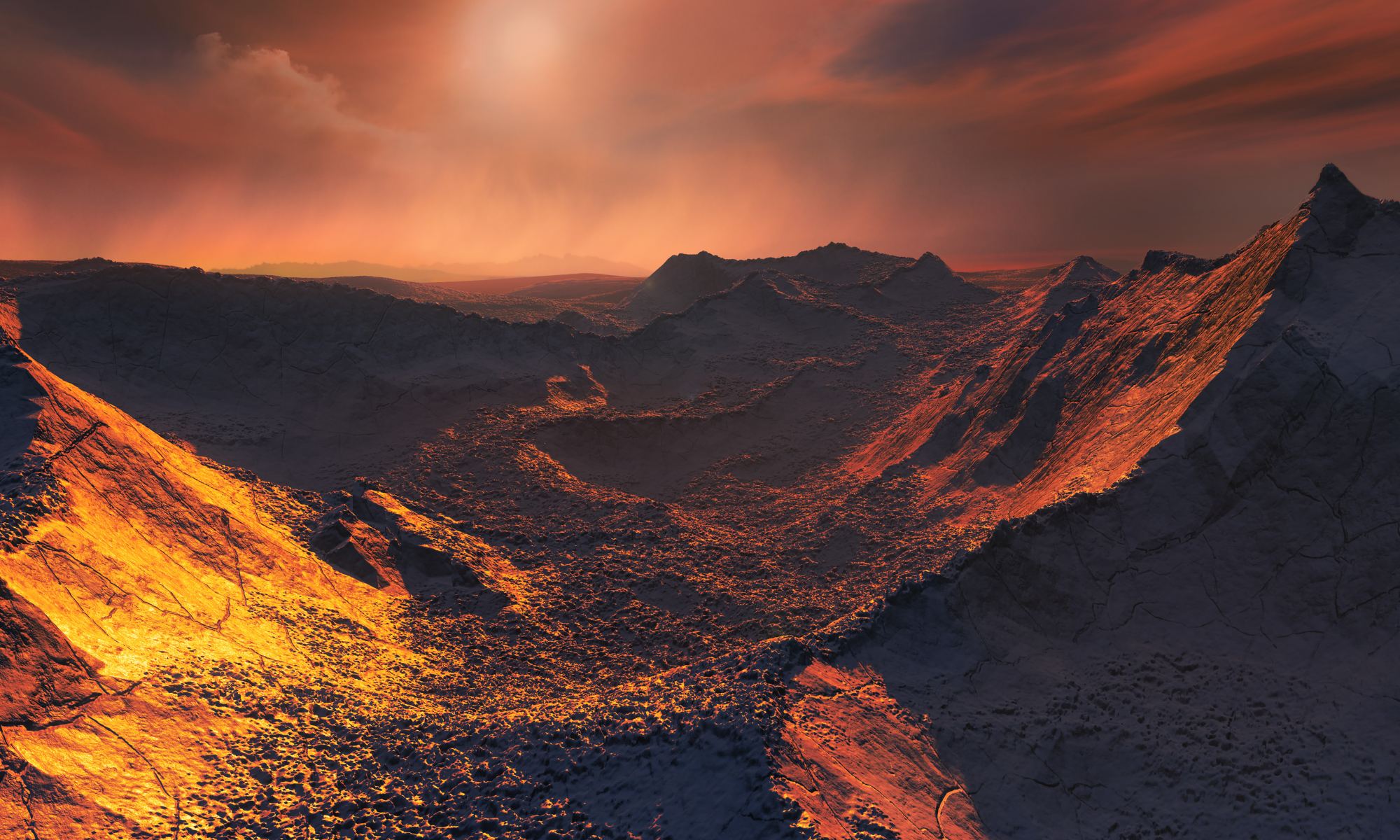There’s a common pattern in science. We develop some new process or tool that allows us to gather all kinds of data we’ve never had before, the data threatens to overturn all we’ve assumed about some long-established theory, and then the dust settles. Unfortunately, the early stage of this process generates a lot of sensationalism in the press. Early results from the JWST are a good example of this.
Continue reading “More JWST Observations are Finding Fewer Early Massive Galaxies”A Pulsar Suddenly Threw Out Radiation 200 Times More Energetic
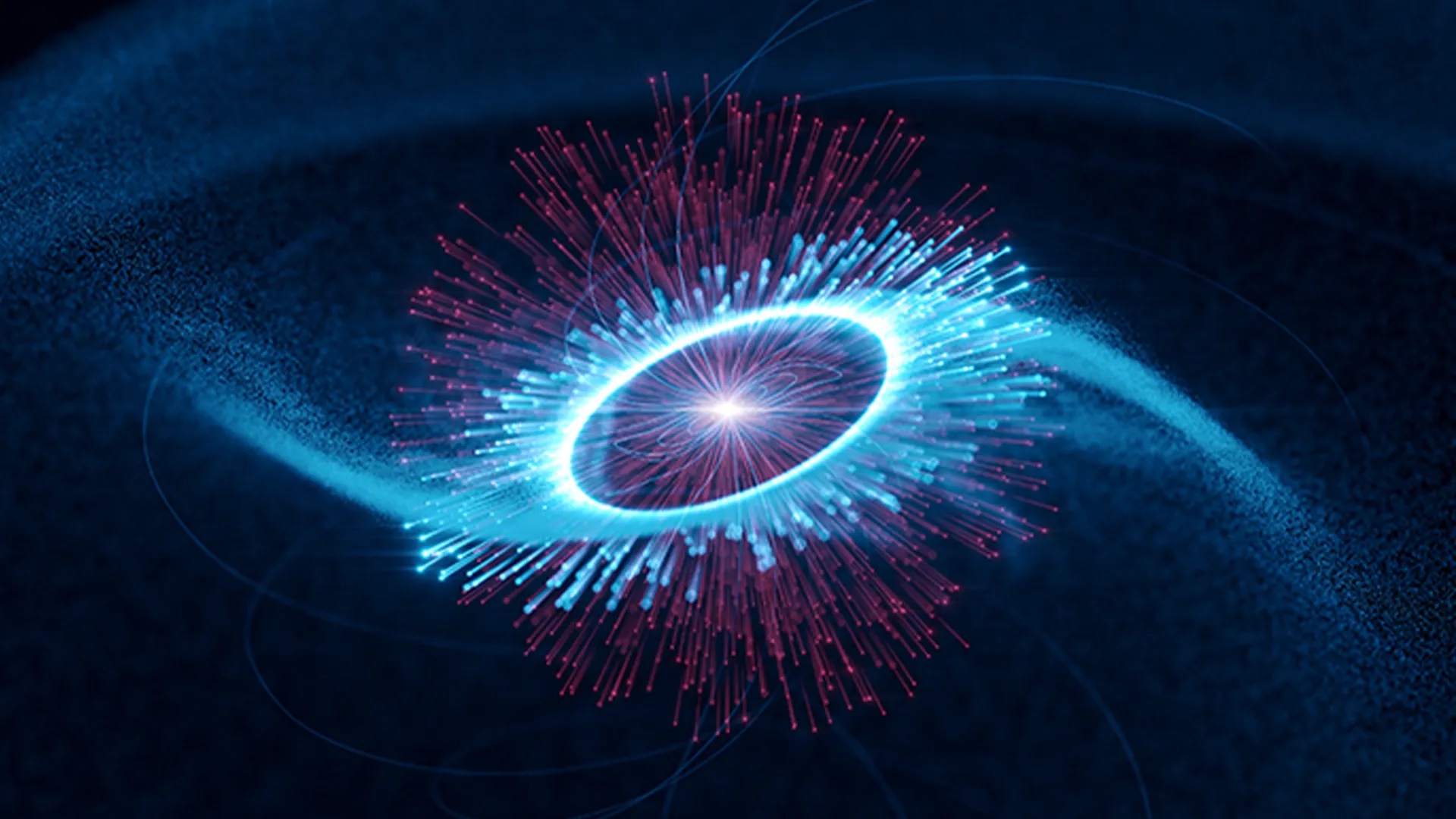
Pulsars are known for their regularity and stability. These fast-rotating neutron stars emit radio waves with such consistent pulses that astronomers can use them as a kind of cosmic clock. But recently a pulsar emitted gamma rays with tremendous energy. The gamma rays were the most energetic photons ever observed, with energies of more than 20 teraelectronvolts, and astronomers are struggling to understand how that’s possible. The results were published in Nature Astronomy, which describes the burst of gamma rays emanating from the Vela Pulsar.
Continue reading “A Pulsar Suddenly Threw Out Radiation 200 Times More Energetic”Here's What it Would Take to See a Black Hole's Photon Ring
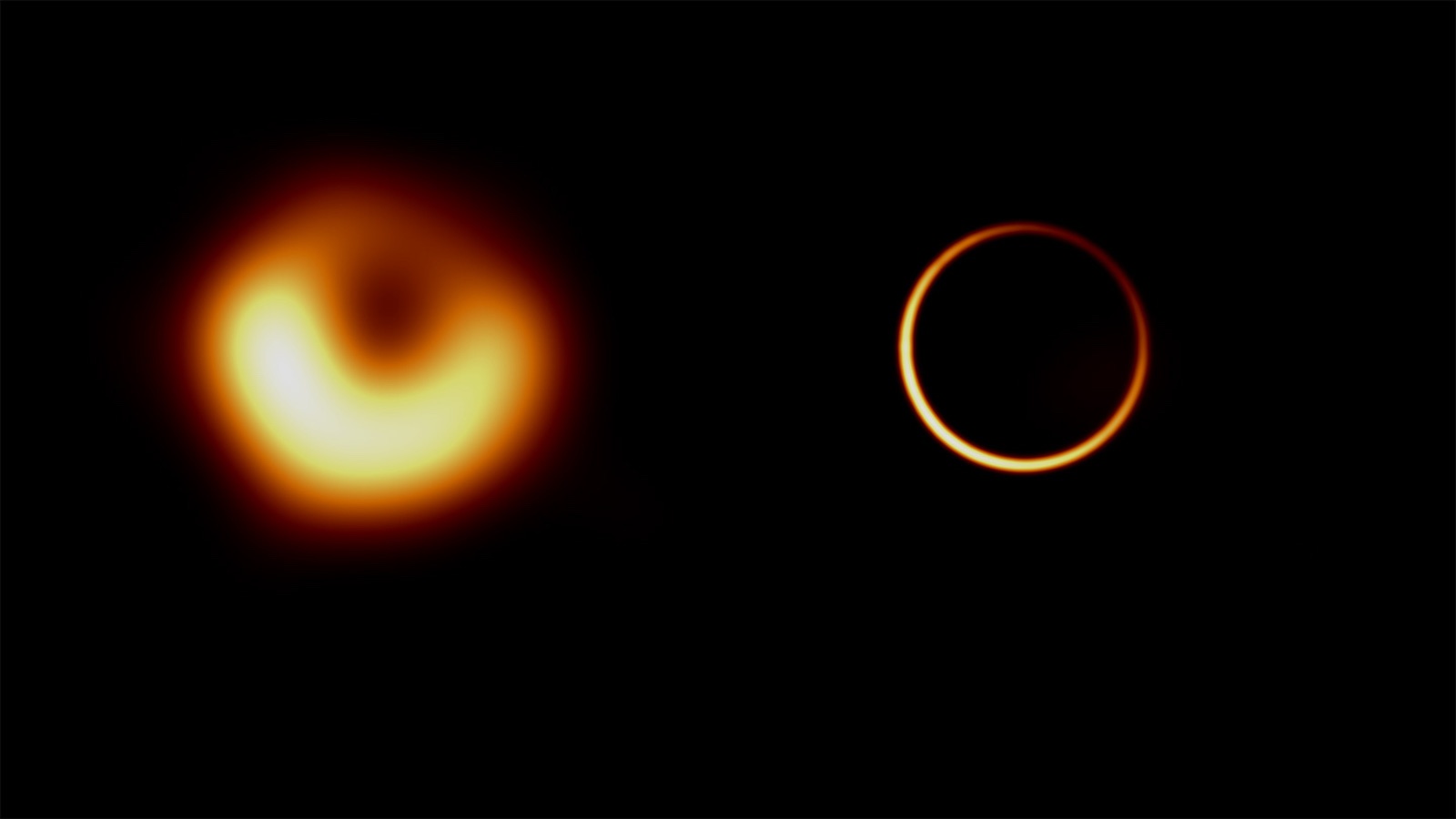
Supermassive black holes are elusive creatures. Massive gravitational beasts that can power immensely bright quasars, or can lurk quietly among the bright stars of a galactic core. We mostly study them indirectly through their bright accretion disks or powerful jets of plasma they create, but we have been able to observe them more directly, such as our images of M87* and Sag A*. But what still eludes us is capturing a direct image of the enigmatic photon ring. A new work in Acta Astronautica proposes how this might be done.
Continue reading “Here's What it Would Take to See a Black Hole's Photon Ring”Starlinks are Easily Detected by Radio Telescopes
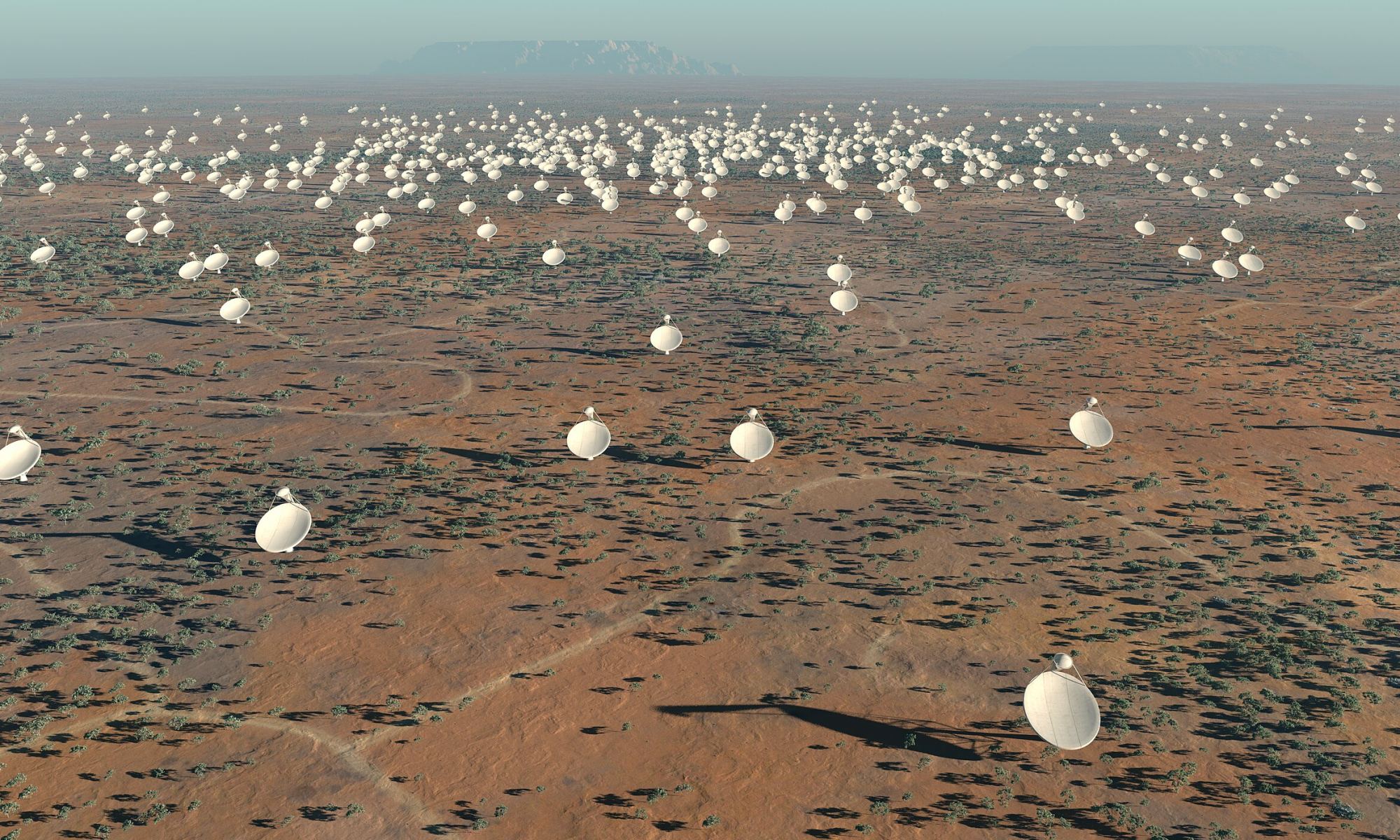
Radio astronomy and satellite communication have a long common history. Advances made in one field have benefitted the other, and our modern era of spacecraft and mobile internet is a product of this partnership. But there are times when the goals of radio astronomy and the goals of communication satellites are in opposition. This is most clearly seen in the development of satellite constellations such as Starlink.
Continue reading “Starlinks are Easily Detected by Radio Telescopes”What Caused Eta Carinae’s 1840 “Great Eruption?”
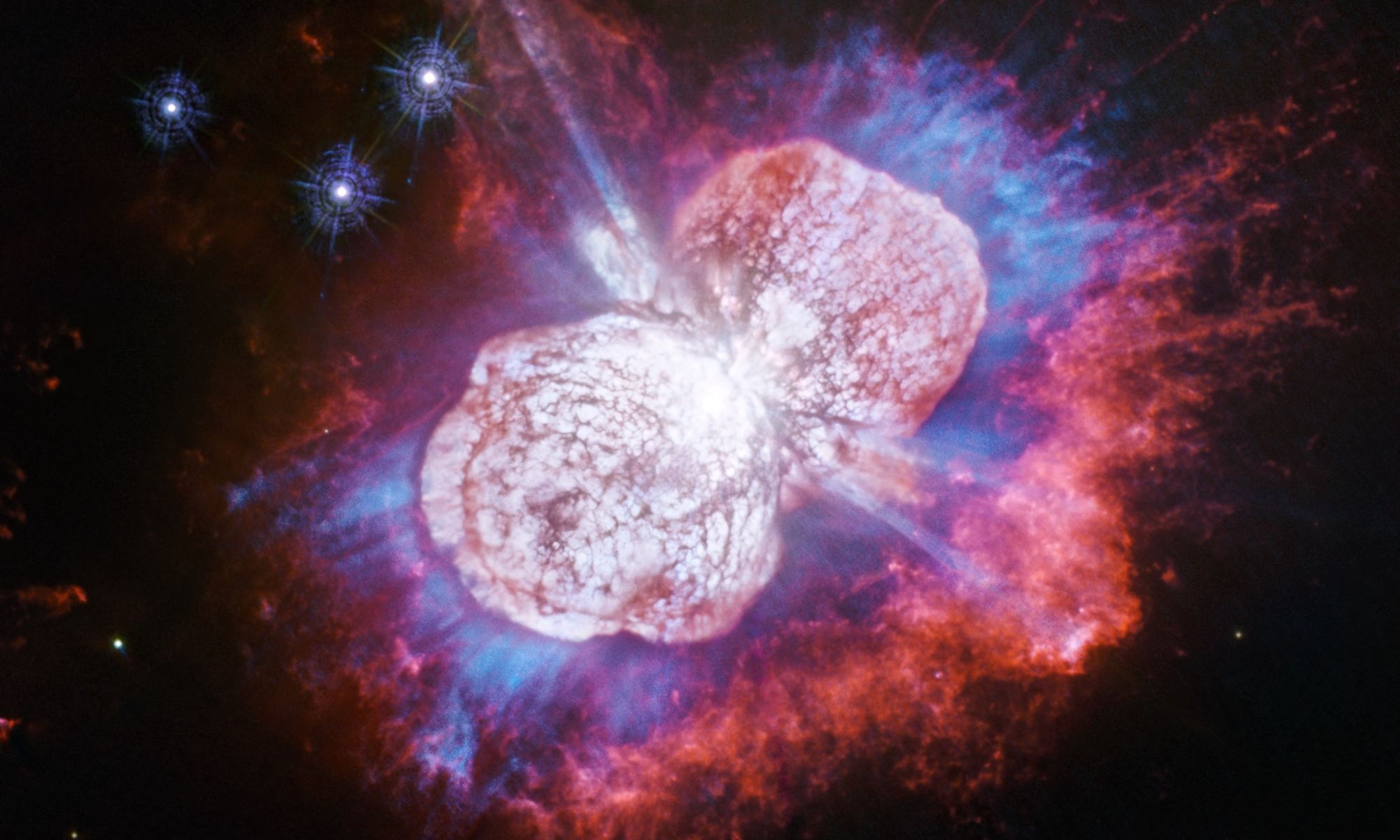
In 1840 an unassuming star in the Southern Hemisphere brightened suddenly. What had been a 5th magnitude star became so bright by 1843 that it was the second brightest star in the sky. The star, known as Eta Carinae, had been known to vary in brightness before, but this change was so sudden and so dramatic that it became known as the Great Eruption.
Continue reading “What Caused Eta Carinae’s 1840 “Great Eruption?””Will Solar Panels Work at Proxima Centauri?
Solar panel technology has advanced significantly in recent years, to the point where solar energy is the fastest-growing renewable power source. The solar panels we have today are a by-product of those used in space. If you want to power a satellite or crewed spacecraft, there are only two ways: solar energy or nuclear power. Of the two, only solar energy isn’t limited by the amount of fuel you bring on board. As we contemplate traveling to other star systems, this raises the question: will solar panels work near other stars?
Continue reading “Will Solar Panels Work at Proxima Centauri?”Old Stars Don't Have Hot Jupiters
As we began to discover hundreds, then thousands of exoplanets, we found that there were two types of worlds unlike anything in our solar system. The first are super-Earths. These worlds straddle the line between large rocky worlds like Earth and small gas planets like Neptune. The second are hot Jupiters. Large gas giants that orbit their star in a matter of days. While there may be a super-Earth lurking at the outer edge of our solar system, we know our Sun has no hot Jupiters. This is a little surprising since close-orbiting gas giants seem to be fairly common. But a new study could explain why our solar system has no planet Vulcan.
Continue reading “Old Stars Don't Have Hot Jupiters”Astronomers Watched a Massive Star Just… Disappear. Now JWST Might Have Some Answers

In 2009 a giant star 25 times more massive than the Sun simply…vanished. Okay, it wasn’t quite that simple. It underwent a period of brightening, increasing in luminosity to a million Suns, just as if it was ready to explode into a supernova. But then it faded rather than exploding. And when astronomers tried to see the star, using the Large Binocular Telescope (LBT), Hubble, and the Spitzer space telescope, they couldn’t see anything.
The star, known as N6946-BH1, is now considered a failed supernova. The BH1 in its name is due to the fact that astronomers think the star collapsed to become a black hole rather than triggering a supernova. But that has been conjecture. All we’ve known for sure is that it brightened for a time then grew too dim for our telescopes to observe. But that has changed, thanks to the James Webb Space Telescope (JWST).
Continue reading “Astronomers Watched a Massive Star Just… Disappear. Now JWST Might Have Some Answers”It's Confirmed. M87's Black Hole is Actually Spinning
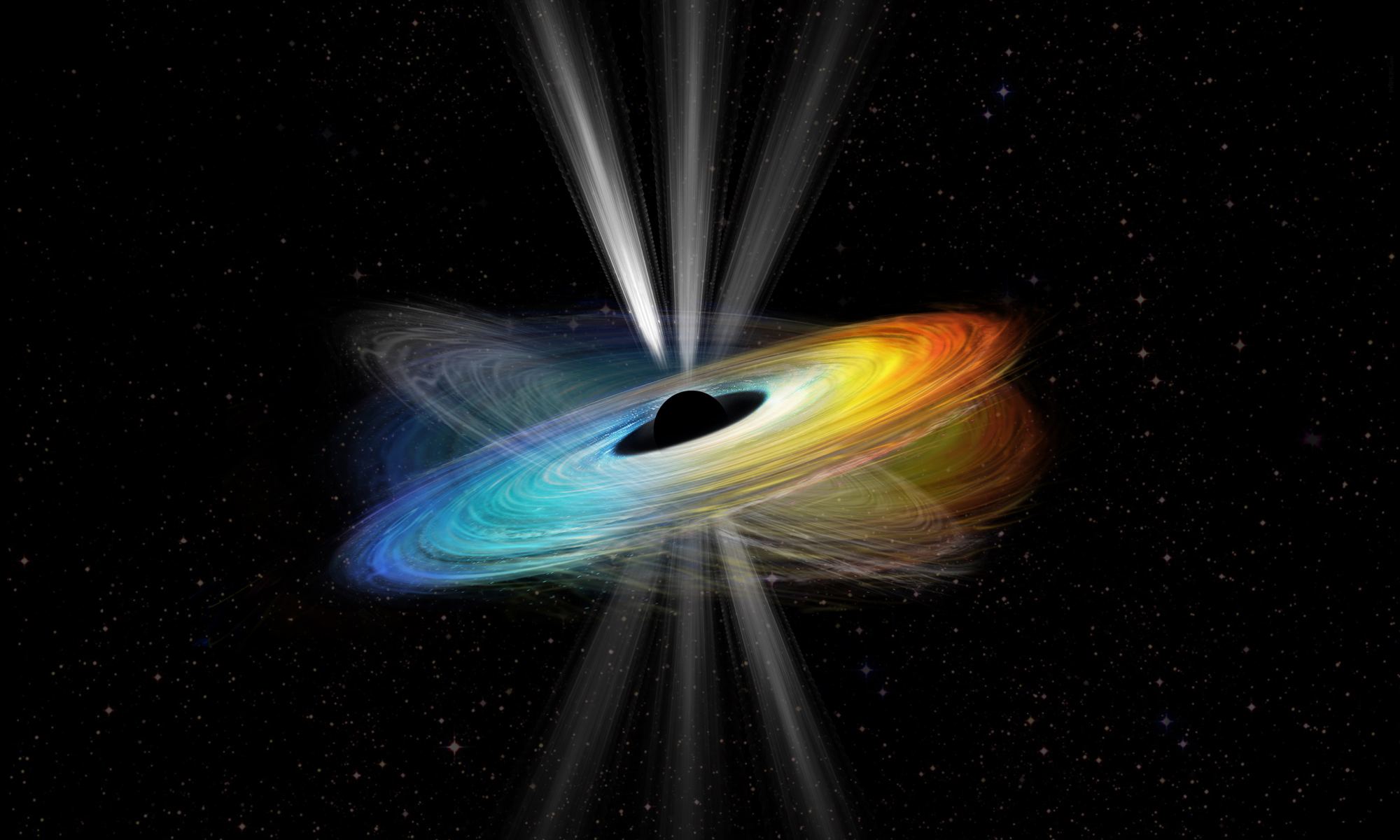
Fifty-five million light-years away, in the galaxy known as M87, lies a supermassive black hole. It is a powerfully active black hole with a mass of 6.5 billion Suns, and in 2019 it was the first black hole to be imaged directly. The radio image captured by the Event Horizon Telescope (EHT) shows a halo of ambient light warped by the black hole’s gravity and directed our way. On one side of the halo, the light is brighter, which according to general relativity is due to the rotation or spin of the black hole. It was the first direct confirmation that the black hole rotates. A new study published in Nature has given us more rotational evidence.
Continue reading “It's Confirmed. M87's Black Hole is Actually Spinning”The World's Largest Radio Telescope has Scanned Barnard's Star for Extraterrestrial Signals
Barnard’s Star is a small red dwarf just six light-years from Earth. Despite its proximity, it was only noticed in 1916 when E. E. Barnard found it had a particularly high proper motion. It had appeared in photographic plates taken by Harvard Observatory in the late 1800s, but as a small dim star, no one took notice of it. Since its discovery, Barnard’s Star has been one of the most studied red dwarfs.
Continue reading “The World's Largest Radio Telescope has Scanned Barnard's Star for Extraterrestrial Signals”
